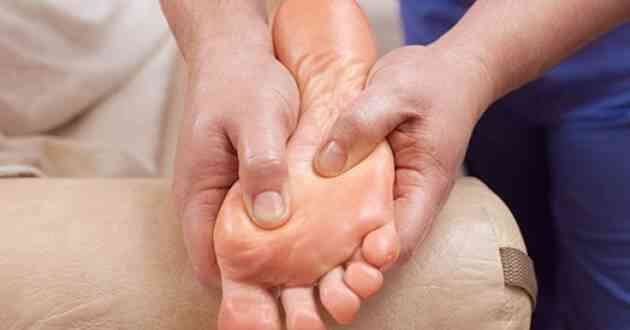4 Important Ways to Prevent Common Sports Injury
Foot and ankle sports injuries can range anywhere from a simple turf toe to complex career ending injuries such as talar neck fractures or calcaneal fractures.
Foot and ankle sports injuries can range anywhere from a simple turf toe to complex career ending injuries such as talar neck fractures or calcaneal fractures. Most common injuries seen in recreational athletes consists of foot fractures, ankle and foot sprain, Achilles rupture and muscle strain.
Sports injuries plagues all types of athletes, but most preventable injuries occur to the non-competitive athletes. This happens when people jump into exercises without proper training and do “too much too fast”. Unfortunately, this lack of preparation causes more down-time and frustration preventing most people to resume the physical activity.
Moreover, sports injury can make any experienced or beginner sports person to sit idle for days or even months if it is a bone fracture. The good news is that most of these injuries are highly predictive and can be prevented. By adopting good practices, many of these athletes can prevent foot and ankle injuries.
Four ways to reduce your risk of injuries:
- Make sure you use the right shoes for the sports, for example do not play tennis in running shoes. Also pay attention to your shoe wear and change them at least once a year. For running, there are many shoe stores in the greater Los Angeles area such as Road Runner Sports or Snails Pace, which do an amazing job at fitting you in the proper running shoes. Plus, they have a great return policy in case you are not comfortable with your fit.
- Warm up and stretch has been a very highly debated topic over the years. My recommendation is to warm up for five minutes and stretch for ten minutes before your exercise. You may want to do a light stretch when you’re done before you cool down.
- Make sure your form and technique are correct. It pays to get professional help for a week or two.
- Listen to your body. If your foot hurts such as heel pain or tendinitis, stop for a day, ice the area and resume your activity in two days. If you still have pain, stop and seek medical help.
In conclusion, many injuries can be prevented with proper training and education. But even small conditions such as ingrown toenail, fungal toenail, heel contusions can be as problematic as the more serious ankle fractures and dislocations.
Usage of proper technique can largely help you not only to prevent sports injury but also to master the sport. You should also always use proper gear while the sports event such as proper foot wear, head gear, knee and ankle support etc.
Your body may respond to how tough you harness it while playing sports. Do not ignore the slightest heel pain or fungal toenail. Immediately show up to the podiatrist for quick recovery and to prevent it turning into something serious.


